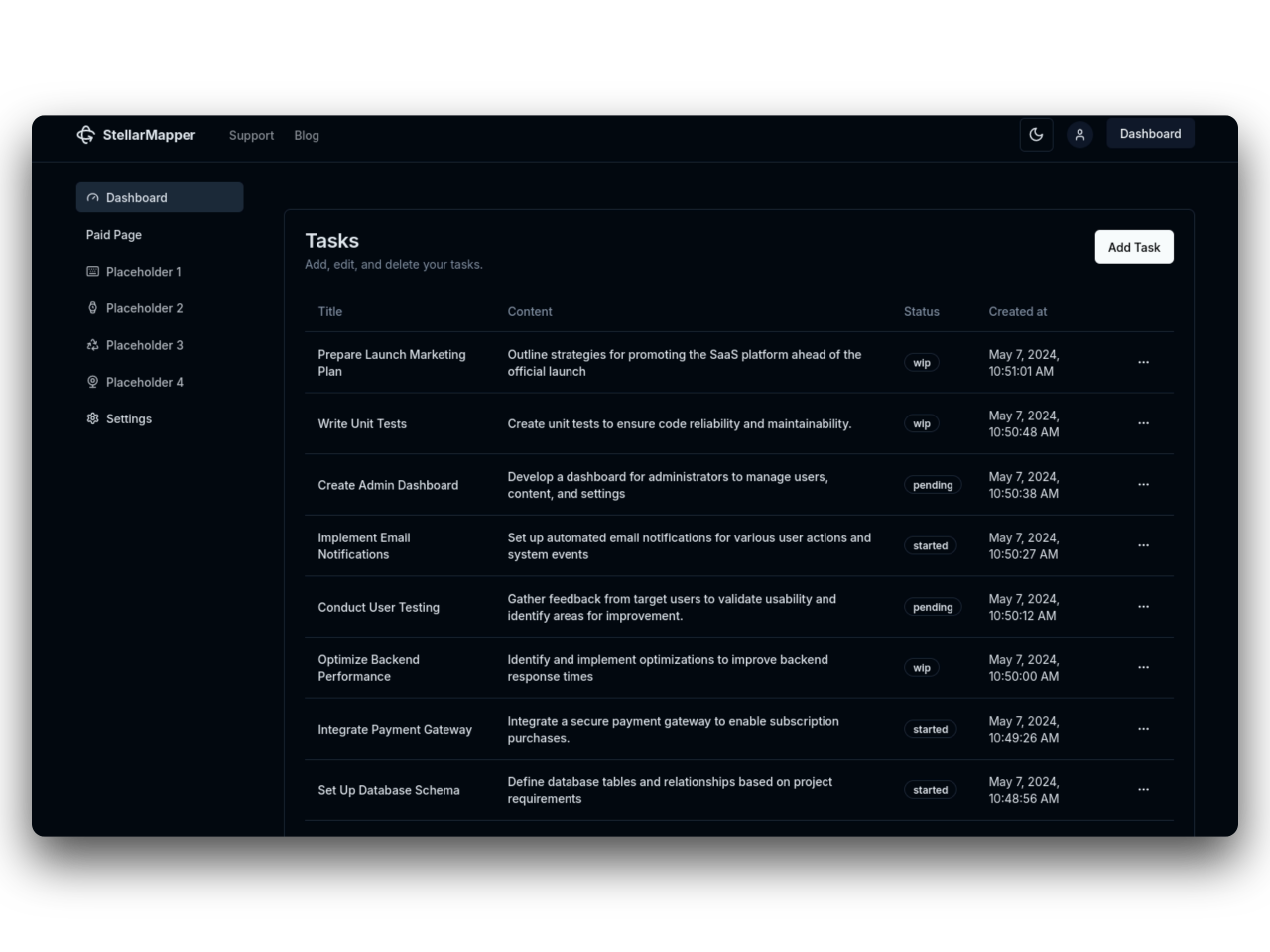The Role of Email Integration in SaaS Applications
In the digital era, software as a service (SaaS) applications have become a critical component of modern business operations. They offer flexibility, scalability, and cost-effectiveness, allowing organizations to deploy solutions that can meet their changing needs. One of the most essential features that enhance these applications is email integration. In this blog post, we will explore the role of email integration in SaaS applications, covering its importance, benefits, and best practices.
What is Email Integration?
Email integration refers to the ability of SaaS applications to connect with email clients and servers, allowing users to send, receive, and manage emails directly within the application. This feature can enhance user experience, streamline processes, and improve communication in both personal and professional contexts.
Importance of Email Integration in SaaS Applications
1. Centralized Communication
Email is a cornerstone of business communication. By integrating email with SaaS applications, users can centralize their communications within a single platform. This eliminates the need to switch between different applications, making it easier to manage interactions with colleagues, clients, and partners.
2. Enhanced Collaboration
With email integration, teams can share emails, attachments, and conversations effortlessly. This fosters collaboration by ensuring that all team members have access to relevant information, reducing the chances of miscommunication or lost context. Features such as shared inboxes or threaded conversations can help teams work together more efficiently.
3. Improved Productivity
Email integration can significantly improve productivity by automating tasks. For instance, notifications, reminders, and updates can be sent directly to users' inboxes, allowing them to stay on top of important tasks without having to log into the application. Moreover, users can save time through features such as one-click replies, email templates, and the ability to convert emails into tasks or tickets directly within the application.
4. Better Customer Engagement
For customer-centric SaaS applications, email integration allows businesses to maintain better relationships with their customers. By tracking email interactions, companies can analyze customer behavior, preferences, and feedback. This insight can be used to personalize communication, follow up on leads, or provide timely support, ultimately leading to an enhanced customer experience.
5. Data-Driven Insights
Integrating email functionality into SaaS applications enables organizations to gather data on communication patterns, response rates, and engagement metrics. This information can be invaluable for refining marketing strategies, assessing team performance, and improving overall business operations. With the right analytics in place, companies can make informed decisions based on real data.
Benefits of Email Integration
1. Improved Workflow Automation
Email integration typically allows for workflow automation, enabling users to set triggers based on email activity. For example, a user may receive a notification if a lead responds to an outreach email, prompting them to take immediate action. This level of automation can free up time for more strategic initiatives.
2. Real-time Communication
Email integrated within SaaS applications ensures that communications are in real-time, allowing for faster response times. Notifications alert users of new emails, tasks, or actions needed, ensuring that no critical communication is missed.
3. Seamless Data Synchronization
With proper email integration, data such as contacts, accounts, and communications can be synced automatically between the SaaS application and the email client. This ensures that users always have the most up-to-date information at their fingertips, creating a unified experience across platforms.
4. Enhanced Security Features
Modern SaaS applications prioritize data security. When email is integrated into these applications, additional security features such as encryption, two-factor authentication, and tracking of email interactions can be employed. This bolsters trust and protects sensitive information from unauthorized access.
5. Scalability
As a business grows, email integration can scale accordingly. Whether the organization needs to manage a growing team, expand its communication reach, or introduce new functionalities, email integration can be adapted to meet these demands. This scalability allows companies to invest in a solution that will grow with them.
Best Practices for Email Integration in SaaS Applications
To maximize the effectiveness of email integration within a SaaS framework, organizations should consider the following best practices:
1. Define Clear Use Cases
Before implementing email integration, businesses should clearly define use cases. Understanding how team members will interact with the system, what workflows need to be automated, and the overall objectives of the integration will lead to a more tailored solution.
2. Prioritize User Experience
User experience should be at the forefront of any integration. A seamless interface where users can effortlessly send, receive, and manage emails will be critical to ensuring adoption and usage.
3. Ensure Security Compliance
Given the sensitivity of email communications, organizations must ensure that their email integration complies with data handling regulations, such as GDPR or HIPAA, where applicable. This involves understanding the security measures in place for email data within the integration.
4. Provide Continuous Training
With any new technology, ongoing training for employees is essential. Regular workshops, refresher courses, and easy-to-follow documentation can help ensure that all team members are proficient in using the email integration features efficiently.
5. Monitor and Optimize
After implementation, companies should continuously monitor the performance of their email integration. Collecting feedback from users, analyzing metrics, and adapting the integration based on evolving needs will help optimize effectiveness and user satisfaction.
Conclusion
Email integration plays a vital role in enhancing SaaS applications, serving as a bridge for communication and streamlining processes. By centralizing communication, improving collaboration, and providing data-driven insights, organizations can leverage email integration to boost productivity and engagement.
As more businesses adopt SaaS applications, ensuring effective email integration will become increasingly important. By following best practices and focusing on user experience and security, organizations can unlock the full potential of their SaaS solutions, transforming how they communicate and manage their operations. In the evolving landscape of digital interaction, the integration of email is not just an enhancement; it is a necessity.
